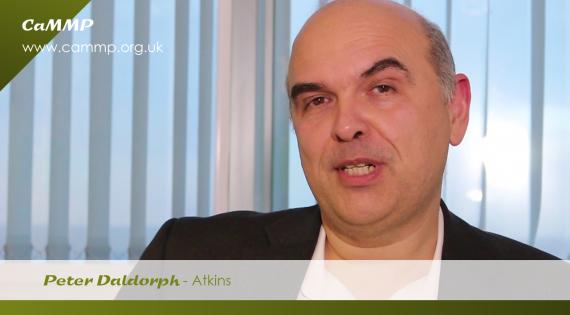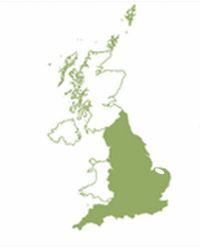Costs and benefits of mitigation measures to reduce pollutant concentrations for the protection of drinking water in river-systems upstream of intakes
Image

Location
Image

Issues
- Management outcome
- Cost effectiveness
- Pollution source
Pollutants
- Metaldehyde
- Phosphorus
- Nitrogen
Scale
- Catchment
Models
- SAGIS-SIMCAT
- SWAT
- Farmscoper